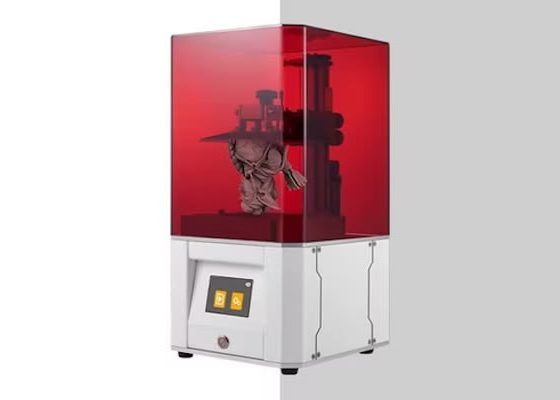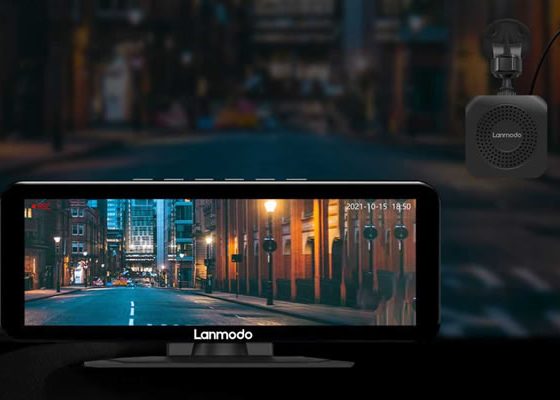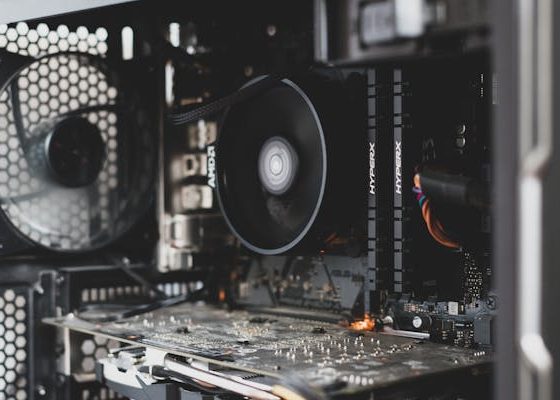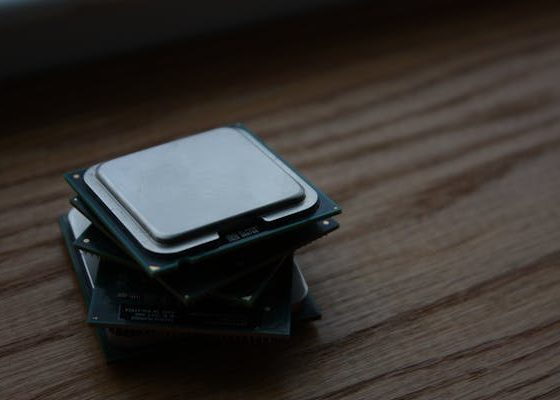The Cascade is the all-solution compact mechanical keyboard that allows users to customize both feel and aesthetics. Built with a unique trapezoid form that adds a sleek modern design and stability.
There seems to be a boom in demand for compact mechanical keyboards right now – and not just for gaming. This makes sense, with more people working from home or in hybrid work situations, dividing their time between home and an office with hosting or hot-desking. Having your own keyboard is a matter of comfort but also of personal style.
With so many keyboards, it can be daunting not knowing where to start, which is what makes the Azio Cascade so appealing. It’s a compact wireless mechanical keyboard that can be customized with the simplicity of a Lego.
Currently a project on Kickstarter, the Cascade is similar to options from competing brands like Keychron and Vissles. It’s a 75% keyboard, which means it doesn’t have a 10-key numeric keypad but it still has function and arrow keys. The body, available in standard and slim versions, has an aluminum top and a plastic bottom. The top plate is interchangeable, however, and while you can choose between gray or gunmetal for the project, Azio says other colors are in the works. This is also just the start of the customization options.
Azio sent me a pre-production sample of the Cascade Slim to test. It has a height of 27 millimeters, while the standard model is 41 mm in height. The thinner frame makes it easier to slip into a backpack for commuting; adjustable legs at the back give it 4, 6 or 9 degrees of recline.
Both versions come with your choice of pre-lubricated Gateron mechanical switches: blue, red, yellow, or brown G Pro switches on the Cascade and blue, red, or brown Gateron Low-Profile switches on the Cascade Slim. I tested with the brown switches, which are quieter like the linear red switches but with more weight and a tactile bump. The switches are hot-swappable though, so if you want to mix things up, you can. However, while the standard Cascade works with any MX-style mechanical switch, the Cascade Slim only works with low-profile Gateron switches.
You will encounter a similar situation with the keys. Although the Slim’s switches have MX-style posts, you’ll need to use low-profile keycaps. Azio has several sets to choose from that you can add to your engagement, and generally the ones that topped my keyboard were fine. My only complaint is that the secondary characters on the keys seemed slightly smudged, making them difficult to read. On the other hand, Azio stamped them with Windows and Mac markings so you can use Cascade with either operating system without having to remember key assignments. A switch on the back changes the key function for Mac and Windows on the fly.
The keyboard can also be switched between Bluetooth for wireless use on up to three devices or wired. Battery life is decent; you can expect to charge it every other day depending on usage and backlight level. (Azio included a braided USB-A to USB-C cable and a combo key and key switch puller.) Wireless performance was reliable but, like most Bluetooth keyboards, it goes to sleep when it’s on. is not in use and takes a second or two to reconnect.
Even though my Cascade Slim is in pre-production, the keyboard felt nice and sounded great. There was no noticeable wobble from the keys and no ping, rattle or dip in the sound. Just a pleasant typing experience. the the campaign page contains a sound clip if you want to hear the keyboard sound with Gateron Low-Profile Brown switches.
The Kickstarter campaign for the Cascade keyboard is fully funded, and a company representative has confirmed that the keyboard is currently in production. A keyboard with shipping is a pledge of $109, or around AU$151 or £84. The campaign ends April 2 at 12 p.m. ET and is expected to ship in May. This is Azio’s second keyboard campaign, and judging by the feedback on this campaign, the company delivered on time to backers and responded to issues. However, before contributing to a campaign, read the crowdfunding site’s policies — in this case, Kickstarter — to know your rights (and refund policies, or lack thereof) before and after a campaign ends.














